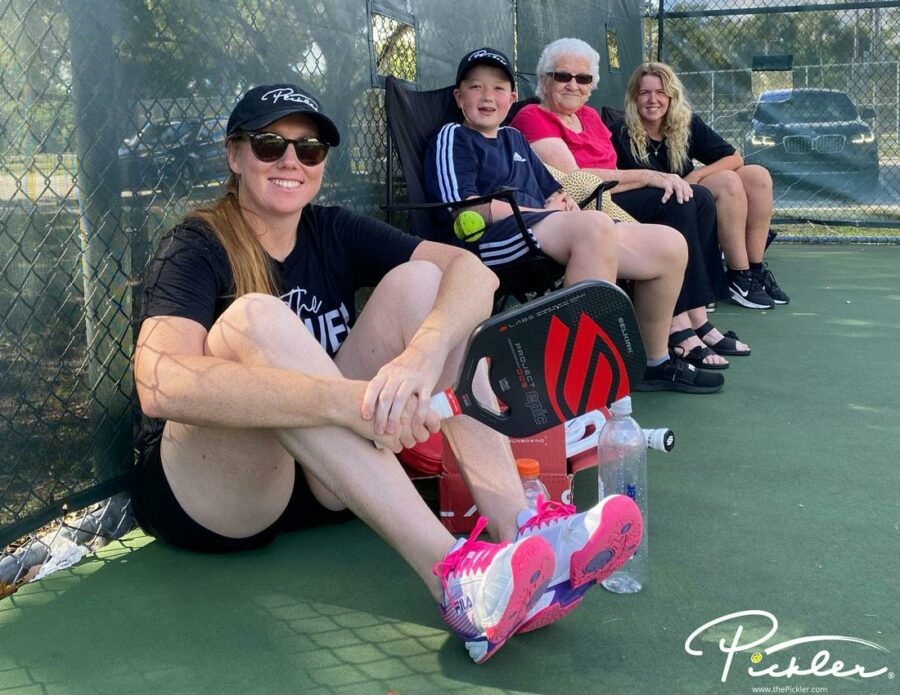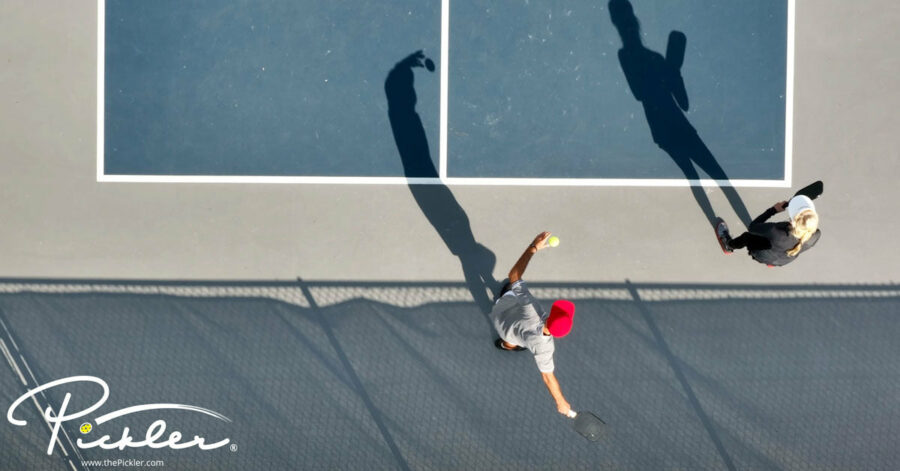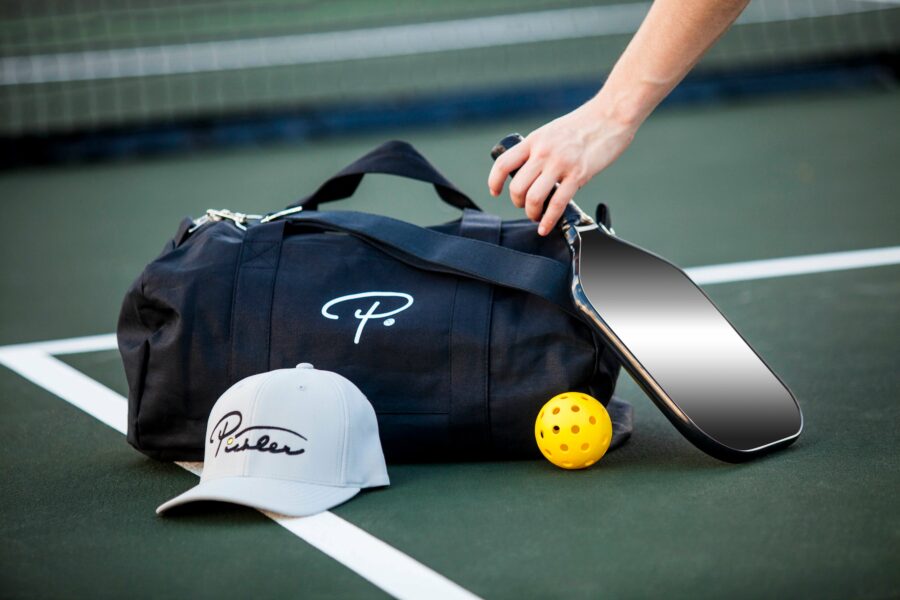As the sport of pickleball becomes increasingly popular across clubs, facilities, and parks, more players are looking for ways to be able to play socially with friends, while also having a way to compete. Round robins are a way to bring many pickleball players with diverse backgrounds together to play in a social, yet competitive, manner.
A round robin is a competition in which each player or team meets all other players or teams in the pool. A round robin is different than an elimination tournament, as no player or team is eliminated after a certain number of losses. Rather, each player/team plays the same number of matches.
Round robins come in a variety of formats, and can accommodate various skill levels, as well as various sized pickleball facilities. Below you will see three ways that you can run your next pickleball round robin.
1. Pick a Number
The “pick a number” round robin format is ideal for getting to know new people. It is for a less competitive feel, and more for a social environment. You can do as many rounds as you would like depending upon the time allotted and number of participants for court usage. The scoring format that best suits this format is playing (i) one game to 11, win by one, each round, or (ii) one game to 15, win by one, each round. Each game to 11 points takes approximately 15-17 minutes, while a game to 15 takes approximately 20-22 minutes.

To execute the “pick a number” round robin, each player is given a number. Each player is “on their own” and will generally play with a new partner and against new opponents each round. To do this, either (a) all numbers should be put in a bucket and groupings should be made by picking a number from the bucket; or (b) you may randomly assign each game in advance – for an example of a “pick a number” round robin with 8 people, see this round robin form. To note, it may be best to plan ahead and organize the brackets by number, so it is easy to “plug in” the player numbers to begin play.
The winning player in this round robin format is chosen based on win-loss records. If there is a tie, then the tie is broken by point differential (to note, point differential means the numerical gap between points scored and points allowed). If a tie remains after point differential, then the tie is broken by head-to-head point differential (in other words, the point differential based only on those games (if any) where the tying players played against one another). If there is still a tie, then the final tie breaker is by point differential against the next-highest player.
2. Sign Up with a Partner
The “sign up with a partner” round robin format is best for pickleball players looking for competition. This round robin can be arranged by skill level. The scoring format that best suits this format is playing (i) one game to 11, win by one, against each team, or (ii) one game to 15, win by one, against each team. Assuming a pool of 8 teams (and 4 courts), this format will take approximately 3 hours.

Prior to the pickleball round robin, each player will need to sign up with a partner. The “pickleball tournament director” should arrange for each team to play against each other team. To note, if there is an odd number of teams, every team will have a “bye” round. For an example of a “sign up with your partner” round robin pickleball tournament with 8 teams (and 4 courts), see this round robin form.
The winner is selected by which team has the most wins (in other words, win-loss record). If there is a tie, then you look and see how the teams that tied competed against each other in their head-to-head match – in other words, who won when they played each other. If there is a three-way tie with wins and head-to-head matches, then the tie is broken by point differential (to note, point differential means the numerical gap between points scored and points allowed). If a tie remains after point differential, then the tie is broken by head-to-head point differential (in other words, the point differential based only on those games where the tying teams played against one another).
3. Club vs. Club
The “club vs. club” pickleball round robin format is best for setting up practices for league play or to get to know other pickleball clubs and facilities in the nearby area. This format will generally result in a lower number of matches for the players involved, but may result in a more social setting and more targeted matches based on skill level. The scoring format that best suits this format is playing one game to 15, win by one, for each round. Assuming that there are six teams from each club, this format will take approximately 2 hours.
Each pickleball club should create what is called “lines” or teams. For instance, assuming that six pickleball courts are available, then each club will have six lines for a team, or 12 players, and the total round robin will have 24 total players (12 players from each club). The lines should be listed in the order of the highest skill rated team as line one, and the lowest skill rated team as line six. To note, with this round robin format, you could allow all ages and genders, and create the lines by skill level (regardless of age or gender). Or, you could also organize lines based on restrictions like age or gender.
For an example of a “club vs. club” round robin pickleball tournament with six lines, see this round robin form. As you will see, for round one, line one plays line one, line two plays line two, so on and so forth. For round two, line one plays line two, line three plays line four, line five plays line six. As noted above, this format will have less rounds and less matches, but more targeted matches based on skill level and a more social setting.

To determine the winning club, review the win-loss records of each club by adding up their respective lines’ wins and losses. If there is a tie, then the tie is broken by point differential (again, point differential means the numerical gap between points scored and points allowed).
When Is Your Next Pickleball Round Robin?
Pickleball round robins are a great way to experience all the great things about the sport of pickleball, which include being social, active, and competitive. This is even something that you can do yourself at your local pickleball court. So, when is your next pickleball round robin?!





